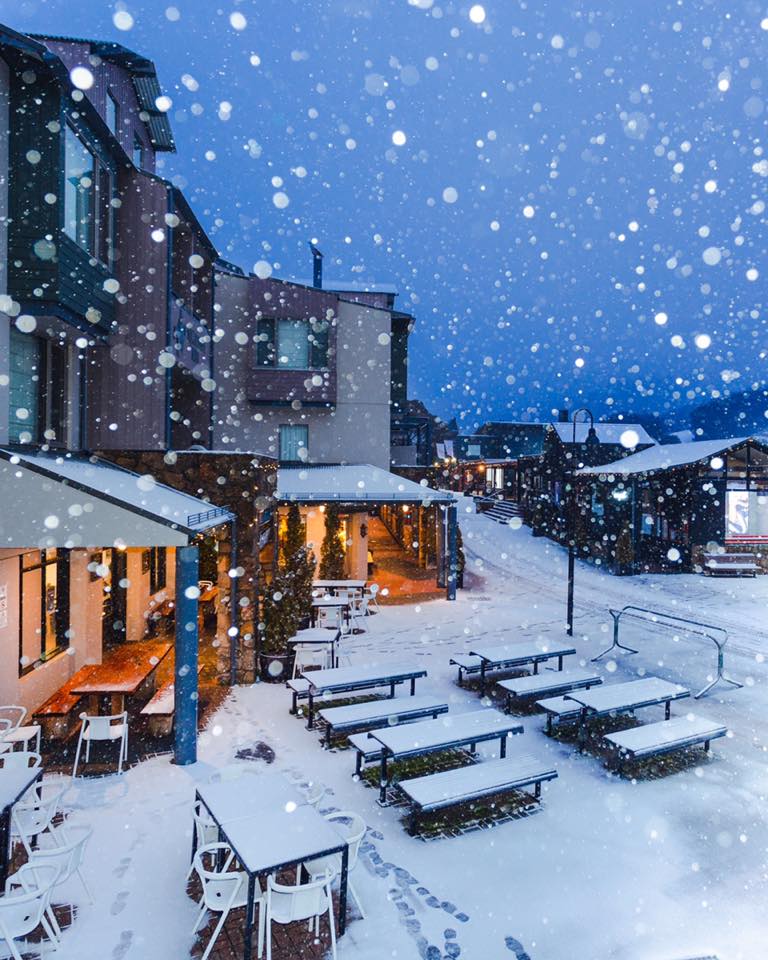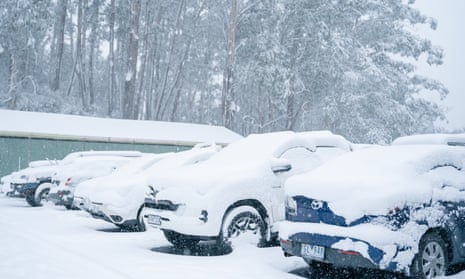Discover About the Regions That Are Known for Reliable Snowfall
Discover About the Regions That Are Known for Reliable Snowfall
Blog Article
Discover the Fascinating Impacts of Snow in Australia on Neighborhood Ecosystems
In spite of its reputation for sun-soaked landscapes, Australia additionally flaunts regions buried by snow-- a phenomenon that greatly affects the nation's unique ecological communities. The insulating residential properties of snows secure plants and fauna among the chilliest winters, while the melting snow nurtures rivers and marine life. The genuine wonder lies in how these wintry problems form the country's biodiversity and nutrient cycles. As we decipher this complex connection, we discover ourselves stepping on uncharted grounds in Australia's high nation.
The Unanticipated Areas of Snowfall in Australia
Although Australia is commonly linked with sandy coastlines and sun-scorched landscapes, particular areas surprisingly experience snowfall. The high country regions of New South Wales, Victoria, and Tasmania are specifically understood for their wintertime snow. The Snowy Mountains in NSW, for circumstances, obtain plentiful seasonal snow, offering a plain contrast to the country's common warm, dry climate. At the same time, the Victorian Alps and parts of Tasmania also see annual snowfalls, transforming the landscape into a winter season heaven. These locations are not just anomalies but indispensable components of Australia's diverse climate system. The visibility of snow in these regions significantly affects neighborhood environments, ultimately affecting the nation's unique biodiversity. The specific impact on Australia's distinct flora will be discussed in the next area.

How Snow Impacts Australia's One-of-a-kind Vegetation
These plants have advanced to survive in extreme conditions, with snow serving as a protective covering from freezing temperature levels and harsh winds. The snow also adds to the moisture material of the dirt, supplying required hydration for plant life throughout the completely dry summer season months. In essence, the snow influences the timing of flowering and seed dispersal, the development rates, and the survival of many plant species, showcasing the detailed interaction in between environment and flora in Australia.

The Adaptations of Australian Animal to Snowfall
Equally as Australia's plants has actually adapted to the wintery conditions, the local fauna too, display remarkable adjustments to the snowfall. Species like the Hill Pygmy-possum, the only Australian marsupial known to hibernate, have progressed techniques to endure in snowy environments. It makes use of the snow as insulation, hibernating in rock crevices under the snow to stay cozy. In their website a similar way, the Snow Skink, a species of reptile, transforms its colour to white throughout wintertime, giving camouflage against predators. Birds such as the Snowy Mountains' Crimson Rosella additionally readjust their diet plans to eat readily available food resources throughout colder periods. Therefore, in spite of the severe conditions, Australian animals demonstrates a adaptive and resilient nature, guaranteeing their survival in areas experiencing snowfall.
The Role of Snow in Forming Neighborhood Ecological Communities
In forming the regional communities, the function of snow in Australia is both multilayered and extensive. Snow supplies a crucial water source, feeding rivers and tanks as it thaws, therefore sustaining a variety of aquatic life types. The existence of snow forms the plant life patterns, animal actions, and overall sustainability of Australia's unique communities.

The Future of Snowfall in Australia: Implications and predictions

Offered the essential function snow plays fit regional ecosystems, the future of snowfall in Australia is attracting increasing focus from researchers and ecologists. Existing climate models predict a significant decrease in snowfall due to global warming, useful link with possibly profound effect on local ecosystems. Less snow might cause minimized water availability in towering areas, detrimentally impacting wild animals environments and plant. Additionally, it might alter the timing of seasonal adjustments, interfering with the life process of many native types. The tourism industry, greatly reliant on the winter season snow period, might likewise deal with substantial difficulties. Comprehending these forecasts and their effects is vital to create efficient conservation strategies, making certain the conservation of Australia's unique biodiversity and the sustainability of its economic climate.
Final Thought
The duty of snow in Australia's ecological communities is critical yet often ignored. It serves as a protector, a nurturer, and a shaper of varied towering types, adding to the richness of Australia's high nation. As weather patterns proceed to move, recognizing the ramifications and possible improvements of these snow-influenced communities is crucial. Thus, the snow in Australia is greater than a natural phenomenon; it's a vital gamer in the country's ecological story.
Despite its online reputation for sun-soaked landscapes, Australia also boasts areas blanketed by snow-- a sensation that exceptionally influences the nation's unique environments. It utilizes the snow as insulation, hibernating in rock gaps beneath the snow to remain cozy - Does It Snow In Australia.In forming the neighborhood ecological communities, the duty of snow in Australia is both profound and multilayered. The existence of snow shapes the vegetation patterns, Visit Your URL pet habits, and total sustainability of Australia's distinct ecosystems
Provided the essential role snow plays in forming regional environments, the future of snowfall in Australia is attracting increasing focus from environmentalists and scientists.
Report this page